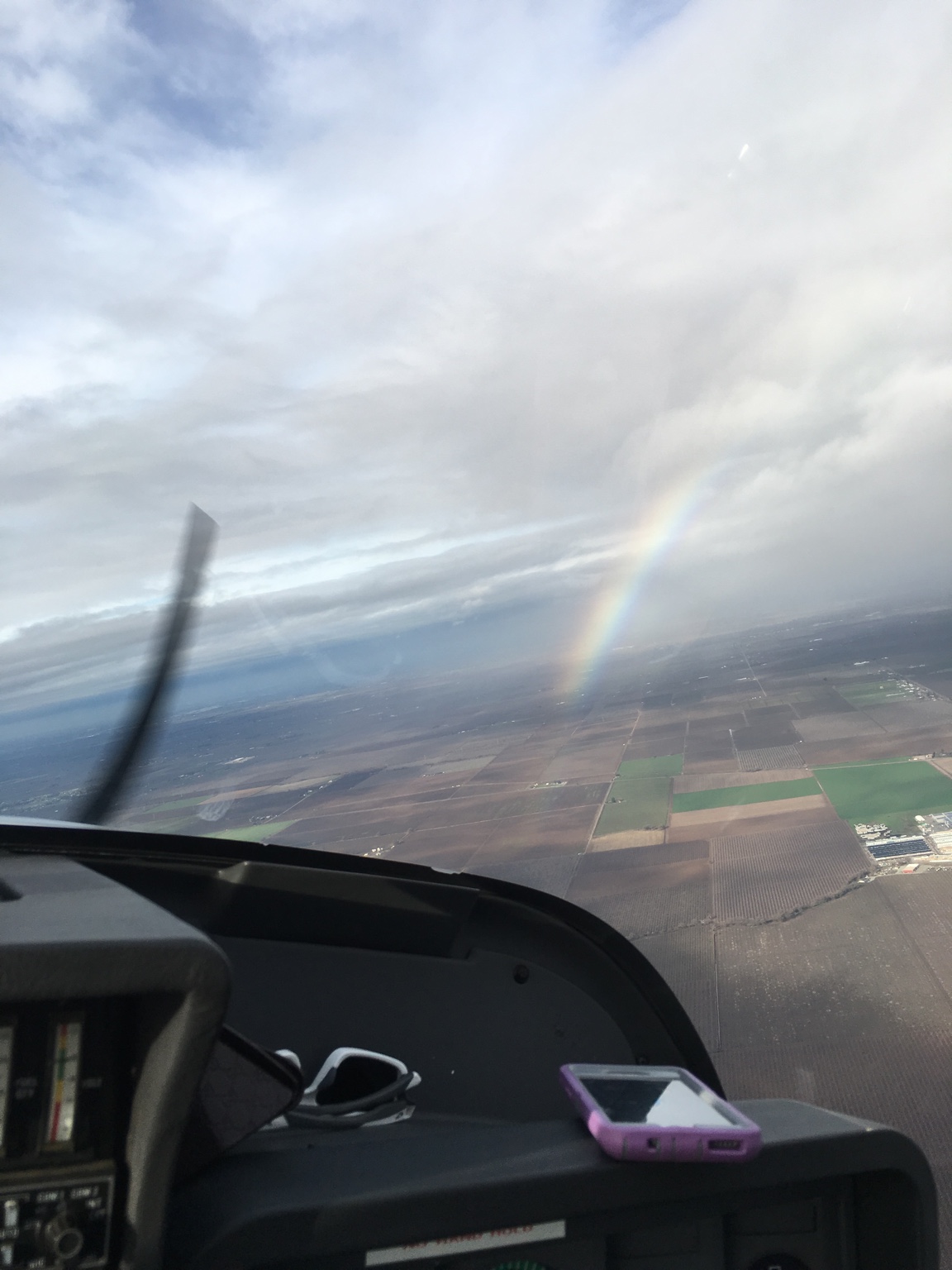classicrock
Pre-Flight
- Joined
- Aug 18, 2015
- Messages
- 73
- Display Name
Display name:
acousticguitar
As a PPL student, I have learned quite a bit about aviation weather over the past 15 months. As a student flying VFR, there is the obvious: you don’t fly with thunderstorms in the area of the airport(and which the storms are expected to be around for a while), when visibility is poor(and expected to stay that way), and when its really windy. I have talked with my instructor about their decision-making with regards to weather limitations on flying lessons. She(yes it’s a woman)told me she monitors convective activity, temp/dew point spread, amongst other factors
Its not unusual for us to chat on the phone an hour or 2 before a lesson if the weather is questionable, and make a mutual go/no go decision
I (and she) also have to consider whether we are doing closed pattern work, practicing slow flight/emergency procedures, and or doing/meeting some cross country requirement for the PPL.
My aviation weather decision-making is evolving, hence my eliciting of my instructors criteria. and How I decided 12 months ago is different from what it was 5 months ago, and that is different from what it was 40 days ago. Mostly due to my better understanding through time of Metar/TAFS, Weather Depiction Charts/Low Level Prog charts/, and Airmets/Sigmets/Convective Sigmets, Winds A loft/Temps.
So what I like is for the other PPL students to comment on how their aviation weather decision making has evolved as well as how the CFI’s on this forum to comment on how they are coaching their students reference weather conditions and flying.
Its not unusual for us to chat on the phone an hour or 2 before a lesson if the weather is questionable, and make a mutual go/no go decision
I (and she) also have to consider whether we are doing closed pattern work, practicing slow flight/emergency procedures, and or doing/meeting some cross country requirement for the PPL.
My aviation weather decision-making is evolving, hence my eliciting of my instructors criteria. and How I decided 12 months ago is different from what it was 5 months ago, and that is different from what it was 40 days ago. Mostly due to my better understanding through time of Metar/TAFS, Weather Depiction Charts/Low Level Prog charts/, and Airmets/Sigmets/Convective Sigmets, Winds A loft/Temps.
So what I like is for the other PPL students to comment on how their aviation weather decision making has evolved as well as how the CFI’s on this forum to comment on how they are coaching their students reference weather conditions and flying.

